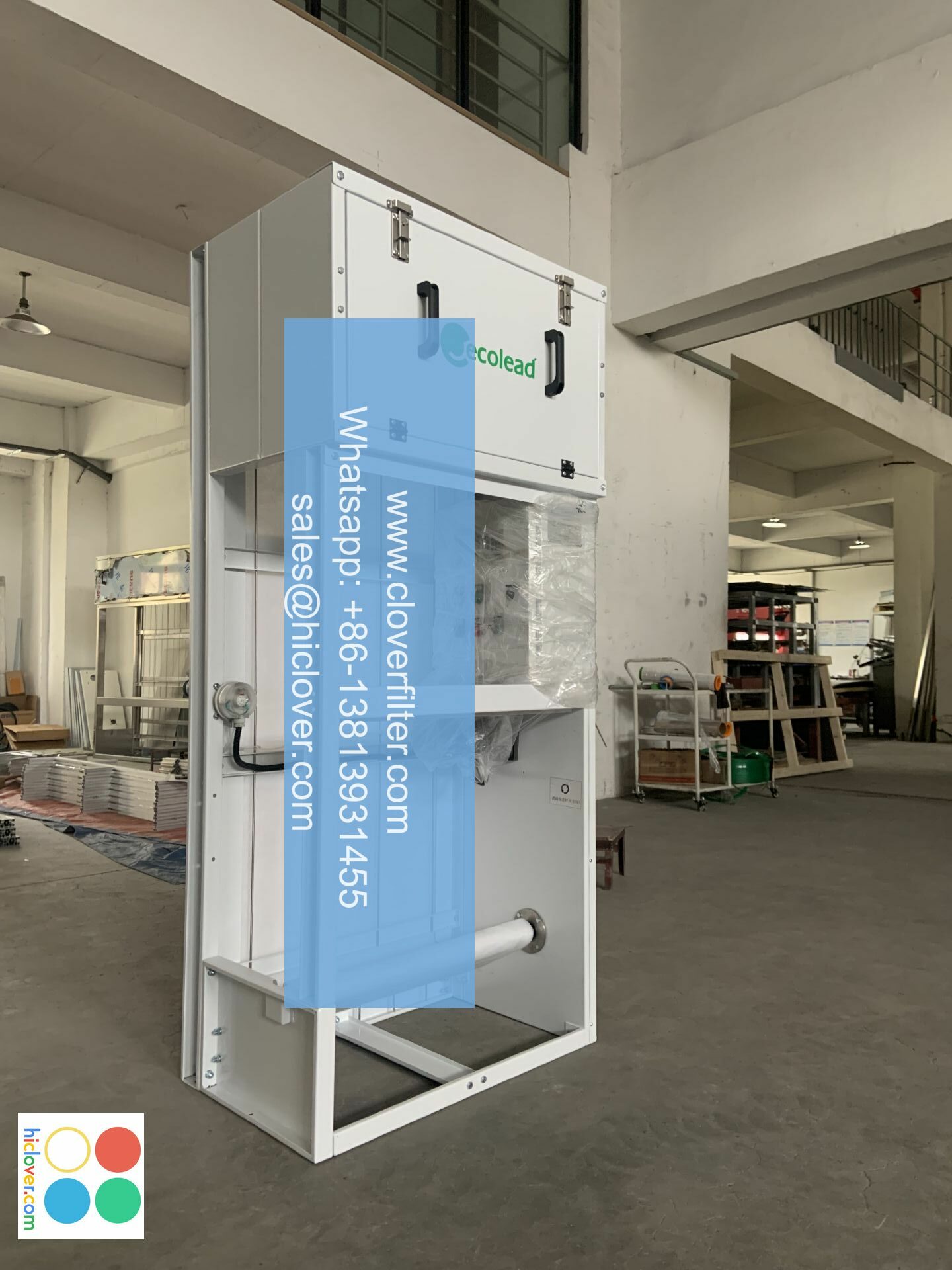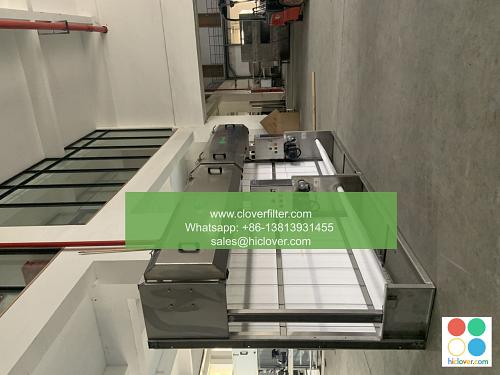Air Filters vs. Air Purifiers for Allergy Relief

For individuals suffering from allergies, the quality of indoor air is crucial for relief and comfort. Two popular solutions for improving indoor air quality are air filters and air purifiers. While both can be effective, they work in different ways and have distinct advantages. In this article, we will explore the differences between air filters and air purifiers, highlighting their applications, benefits, and key features for allergy relief.
What are Air Filters?
Air filters are devices designed to remove particles and impurities from the air as it passes through them. They are often used in heating, ventilation, and air conditioning (HVAC) systems to clean the air before it is circulated throughout a building. Air filters can be made of various materials, including fiberglass, pleated paper, or electrostatic charges. They are effective at capturing larger particles such as dust, pollen, and pet dander, making them a good option for allergy sufferers.
What are Air Purifiers?
Air purifiers, on the other hand, are standalone devices that use various technologies to remove a wide range of pollutants and allergens from the air. They can be more effective than air filters at capturing smaller particles, gases, and odors. Air purifiers often employ multiple stages of filtration, including pre-filters, activated carbon, and HEPA (High Efficiency Particulate Air) filters. They are designed to provide cleaner air in a specific area or room, making them ideal for bedrooms, living rooms, or offices.
Air Filters vs. Air Purifiers: Key Differences
When it comes to allergy relief, both air filters and air purifiers have their strengths and weaknesses. Here are some key differences to consider:
- Particle capture: Air purifiers are generally more effective at capturing smaller particles, including smoke, mold, and pet dander, due to their advanced filtration systems. Air filters, while effective against larger particles, may not capture these smaller particles as efficiently.
- Coverage area: Air filters are often designed to cover larger areas, such as entire homes or commercial spaces, while air purifiers are typically designed for smaller areas, such as individual rooms.
- Maintenance: Air filters typically require more frequent replacement, often every 1-3 months, depending on usage and air quality. Air purifiers, while still requiring maintenance, may have longer-lasting filters or washable pre-filters, reducing replacement costs.
- Noise level: Air purifiers can be noisier than air filters, especially when operating at higher fan speeds.
Applications and Benefits for Allergy Relief
Both air filters and air purifiers can be effective for allergy relief, depending on the specific needs and circumstances. Here are some applications and benefits to consider:
- Residential use: Air purifiers are ideal for bedrooms, living rooms, or home offices, providing cleaner air in specific areas where allergy sufferers spend most of their time.
- Commercial use: Air filters are often more suitable for larger commercial spaces, such as offices, schools, or hospitals, where a centralized HVAC system can provide comprehensive air filtration.
- Portable use: Air purifiers are available in portable models, making them easy to move from room to room or take on the go, providing flexible air cleaning solutions for allergy sufferers.
- Specific allergen removal: Air purifiers with HEPA filters or activated carbon can be effective at removing specific allergens, such as dust mites, mold, or pet dander, providing targeted relief for allergy sufferers.
Conclusion
In conclusion, both air filters and air purifiers can be effective solutions for allergy relief, depending on the specific needs and circumstances. By understanding the differences between these two technologies, individuals can make informed decisions about which solution is best for their indoor air quality needs. Whether you suffer from allergies, asthma, or other respiratory issues, improving indoor air quality with air filters or air purifiers can provide significant relief and comfort. Always consider factors such as particle capture, coverage area, maintenance, and noise level when selecting the best solution for your specific needs.
You haven’t asked a question or provided any context. What would you like to talk about? I’ll do my best to help.

